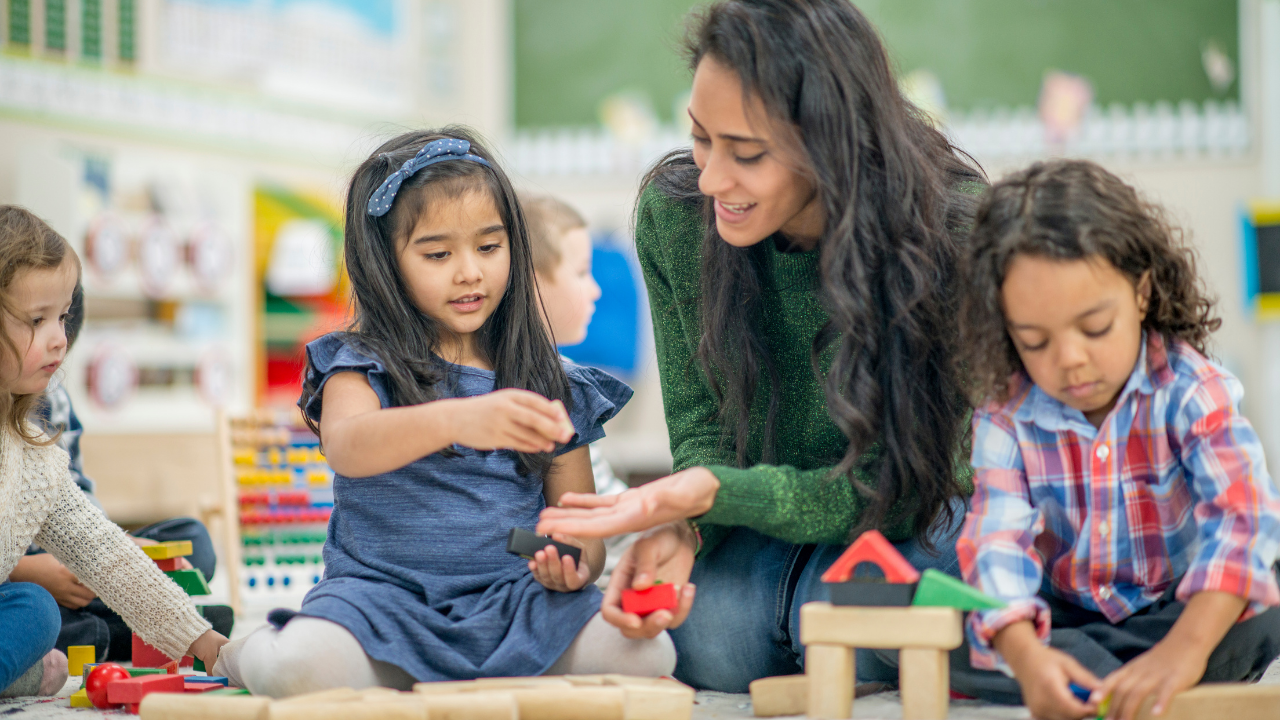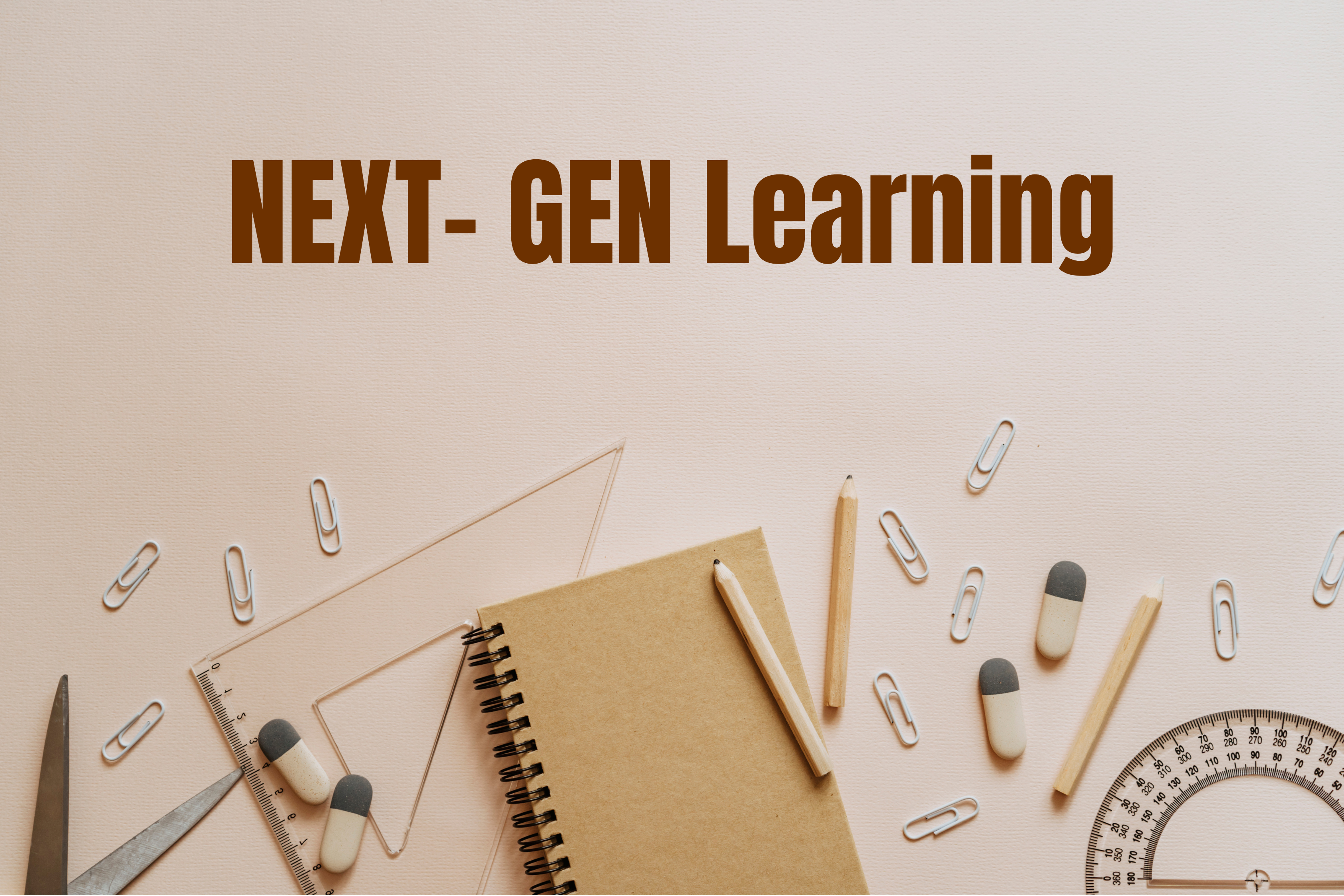A Parent’s Guide to 21st Century Learning
- July 30, 2024
- by civom furniture

Exploring Alternative Education Philosophies-
Waldorf, Reggio Emilia, and Montessori Classrooms
In today’s rapidly changing world, choosing the right learning environment for your child can feel overwhelming. With so many educational philosophies and approaches vying for our attention, it’s crucial to understand the core principles and values that underpin each one.
This guide explores three popular alternative educational approaches – Waldorf (Steiner Education), Reggio Emilia, and Montessori – to help you make an informed decision about your child’s education.
A Glimpse into Alternative Education:
These alternative philosophies have gained significant traction in recent years, primarily due to their focus on holistic child development that extends far beyond academics. They prioritize nurturing a child’s social, emotional, and creative potential, alongside intellectual growth.
Exploring Each Philosophy:
1. Waldorf Education: Where Imagination Takes Flight
The heart of the waldorf method is the conviction that education is an art- it must speak to the child’s experience. To educate the whole child, the heart and the will must be reached as well as the mind – Rudolf Steiner
Waldorf education, conceived by Austrian philosopher Rudolf Steiner, emphasizes the power of imagination and creativity in a child’s development. Waldorf classrooms are warm and inviting spaces adorned with natural materials and soft lighting. The curriculum revolves around storytelling, rhythmic activities, and artistic expression, fostering a deep connection with nature and the world around them.
Waldorf schools believe in the importance of nurturing a child’s sense of wonder and awe. The curriculum unfolds in three distinct stages, mirroring a child’s developmental journey:
- Early Childhood (Birth to 7 years old): This stage focuses on imaginative play, exploration through the senses, and fostering a love for nature and storytelling.
- Middle Childhood (7 to 14 years old): The curriculum incorporates artistic and practical activities alongside academics, encouraging creative problem-solving and critical thinking.
- Adolescence (14 to 18 years old): This stage emphasizes social responsibility, preparing students for higher education and active participation in the world.
Image: Scotland – Forres – Rudolf Steiner School
Image credit- getty images
A Waldorf classroom- Waldorf classrooms are cozy and calming. They use soft colors like light pink on the walls and have lots of natural light. The furniture and toys are mostly made of wood, and there’s plenty of space for kids to play freely. The toys are simple, often made from natural materials, and there’s a special spot called the nature table for treasures found outdoors.
2. Reggio Emilia: Empowering the “Hundred Languages” of Children
Learning and teaching should not stand on opposite banks and just watch the river flow by; instead, they should embark together on a journey down the water. Through an active, reciprocal exchange, teaching can strengthen learning and how to learn.- Loris Malaguzzi
The Reggio Emilia approach, born in the aftermath of World War II in Reggio Emilia, Italy, by pedagogist Loris Malaguzzi and parents, places the child at the center of the learning process. This philosophy champions the idea that children are competent and capable learners, brimming with potential. At the core of this philosophy is an assumption that children form their own personality during the early years of development and that they are endowed with “a hundred languages”, through which they can express their ideas. The aim of the Reggio approach is to teach children how to use these symbolic languages (e.g. painting, sculpting, drama) in everyday life.
The methodology is underpinned by the presence of three primary educators in every child’s life: family, classroom teacher, and the environment. Parents provide insight into the child’s background, teachers facilitate learning and exploration, and the environment should be set up to encourage imagination and discovery.
Four main vehicles drive the Reggio-inspired learning process:
Emergent curriculum: Learning themes develop from the children’s interests rather than a fixed syllabus.
In-depth projects: Children engage in thorough exploration of topics that intrigue them, called “adventures.”
Representational development: Diverse methods are used to present concepts, accommodating the various ways children learn.
Collaboration: Engaging with peers and the learning environment is crucial for developing social skills and cognitive abilities.
Image- Teachers and children in a nursery school (Asilo-nido “Cucciolo” in Fontevivo)
Image Credit- By Vincenzo Mainardi – Own work, CC BY-SA 3.0, https://commons.wikimedia.org/w/index.php?curid=31273363
A Reggio Emilia classroom- In a Reggio Emilia classroom, kids learn best when they can play, explore, and be creative in a comfortable and inviting space. The teacher makes sure everyone feels like part of a community and arranges things so kids can work together in different ways.
There is natural light, lamps, and baskets that contribute to the aesthetic and functional quality of the environment. Even the outdoor space is carefully planned for learning and fun. This kind of environment helps children grow and learn in the best way possible.
3. Montessori: Cultivating Independence and Self-Directed Learning
The work of education is divided between the teacher and the environment- Maria Montessori
Developed by Italian physician and educator Dr. Maria Montessori, the Montessori method emphasizes self-directed learning and a carefully prepared environment. Montessori classrooms are meticulously designed to be scaled to children’s size and equipped with specialized materials that cater to their developmental needs.
Children are encouraged to work at their own pace, choosing activities that pique their curiosity. The teacher acts as a guide and observer, offering support and scaffolding as needed. This fosters a sense of independence, responsibility, and intrinsic motivation in young learners.
The Montessori curriculum is divided into five interconnected areas:
- Practical Life: Children engage in everyday tasks like washing dishes, sweeping the floor, and preparing snacks, developing essential life skills and fostering a sense of self-reliance.
- Sensorial: This area refines children’s senses through hands-on activities with specially designed materials, laying the foundation for future learning.
- Mathematics: Montessori math materials are concrete and manipulative, allowing children to grasp mathematical concepts through exploration and discovery.
- Language: The Montessori language curriculum is rich and immersive, encouraging children to develop strong communication and literacy skills.
- Cultural Studies: Children learn about geography, history, and science through engaging activities and hands-on projects, fostering a global perspective and appreciation for diverse cultures.
Image- Bunche Montessori, Fort Wayne, Indiana
Image credit- KJJS, CC BY 2.0 <https://creativecommons.org/licenses/by/2.0>, via Wikimedia Commons
A Montessori classroom- Montessori classrooms are designed to help kids focus and learn. They are quiet and simple, with lots of natural materials like wood. Everything is organized and easy for kids to reach, so they can work independently. This helps them feel confident, learn at their own pace, and develop a love of learning. It also helps them focus better and become more independent.
Comparing and Contrasting the Approaches:
While each philosophy shares the common goal of nurturing well-rounded individuals, they differ in their specific approaches and emphases:
| Feature | Waldorf | Reggio Emilia | Montessori |
| Core Values | Imagination, creativity, connection to nature | Collaboration, exploration, “hundred languages” | Independence, self-directed learning, prepared environment |
| Curriculum | Artistic, rhythmic, and practical activities; storytelling plays a central role | Project-based, collaborative, and inquiry-driven | Divided into practical life, sensorial, math, language, and cultural studies areas |
| Classroom Environment | Warm, inviting spaces with natural materials and soft lighting | Open, spaces with documentation of children’s work | Carefully prepared environments with specialized materials scaled to children’s size |
| Role of the Teacher | Guide and facilitator who supports imaginative play and artistic expression | Co-learner and facilitator who guides children’s inquiries and document their learning journey | Observer and guide who provides support and scaffolding as needed |
Finding the Right Fit for Your Child:
Ultimately, the best educational approach for your child depends on their individual needs, learning style, and interests. Here are some tips to guide your decision:
- Reflect on your child’s personality: Consider their strengths, interests, and preferred learning styles.
- Visit schools and observe classrooms: Immerse yourself in the environment and get a firsthand feel for the philosophy in action.
- Talk to teachers and parents: Seek insights from educators and families with experience in these approaches.
Remember, there is no one-size-fits-all answer. The most important factor is to choose an environment that aligns with your values and promotes your child’s unique potential.
Embrace the Journey:
These alternative educational philosophies offer a refreshing perspective on early childhood education, emphasizing the importance of nurturing the whole child. By understanding their core principles and values, you can make an informed decision that sets your child on a path of lifelong learning, creativity, and self-discovery.
CIVOM’s Role in Supporting Alternative Education:
CIVOM actively engages with design institutions through workshops, seminars, and collaborations.
CIVOM is also supporting design students by involving them in research leading them to discover how different design philosophies translate into physical spaces. We are providing them with our vast network of experts to collaborate with.
This allows design students to understand the impact of their choices and how spaces can evolve to support changing educational needs.
By encouraging awareness of these philosophies, CIVOM is on a mission to empower future design professionals to create learning environments that are both innovative and responsive to the demands of the 21st century.
Related Post
© 2022 CIVOM All rights reserved. Powered by Mrdigito.com
© 2022 CIVOM All rights reserved. Powered by Mrdigito.com



